Winter is over and the flowers are in bloom, days are getting longer, sunnier, and hotter, and Mexico is getting ready to celebrate Spring Equinox. Come check out what the equinox is all about, why it is celebrated, and where you can join in the festivities as well!
Why Celebrate Spring Equinox in Mexico?
In Mexico, the tradition of celebrating the spring equinox has been kept alive until this day, with the most popular festivals taking place in locations such as Chichen Itza, Dzibilchaltun, Teotihuacan, Tulum, and other less known archeological sites throughout the country.
Celebrating the “Equal Night”
Equinox translated literally means “equal night.” Pre-Hispanic cultures such as the Olmecs, Aztecs, and the Mayans placed heavy emphasis on this special date and even constructed some of the world’s most renowned Mesoamerican pyramids in a miraculously deliberate way so that during the special solstice and equinox dates various visual phenomena related to sunlight and shadowing occur attracting visitors and spectators to this very day.
A Global Celebration

Every year, as the seasons change from winter to spring and from summer to fall, the world celebrates equinox. Likewise, solstice celebrations occur as the calendar marks the change from fall to winter and from spring to summer.
However, the way ancestral cultures structured pyramids and other architectural feats back in the day is probably the most interesting and captivating aspect of how Mexico celebrates the Spring Equinox.
Importance of the Solstice and Equinox in Mesoamerican Culture
The ancient Mesoamerican cultures looked to the cosmos for nearly everything related to telling time, making calendars, worshipping Gods, and even as a base for where they would settle, produce agriculture, and construct certain urban areas.
Position of the Sun in the Sky
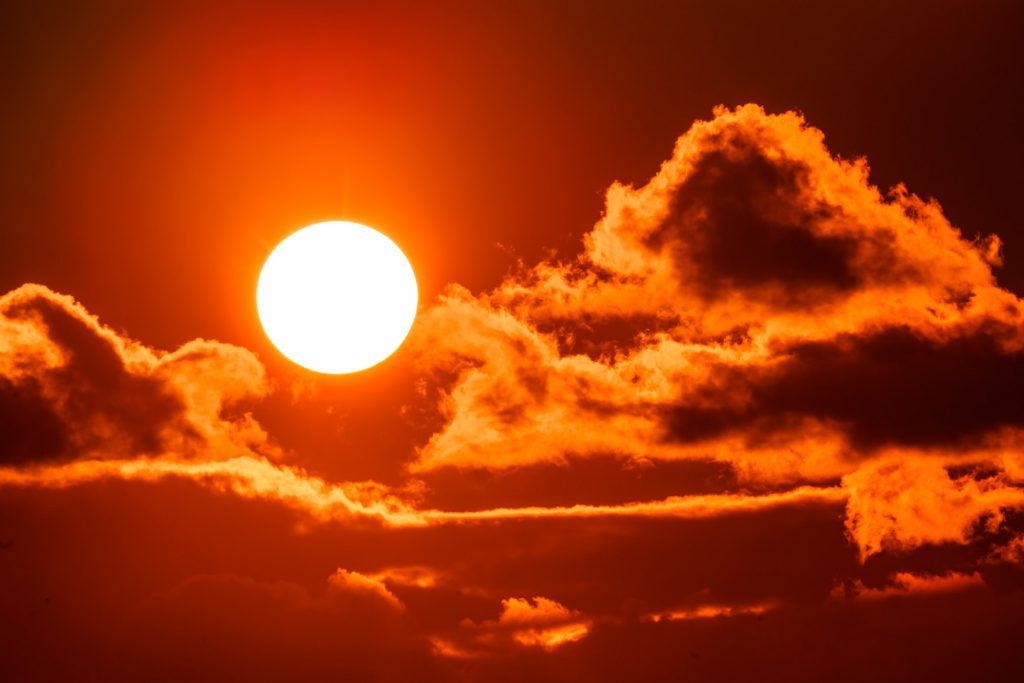
These four mystical celebrations centered around the sun’s position in the sky of the Northern Hemisphere on these special dates.
The Difference between the Solstices and the Equinoxes
The position and angle of the star that gives our planet life changes with the seasons. Solstice celebrations are held twice a year, one to honor the shortest day of the year during the winter, and the other to honor the longest day of the year during the summer. Likewise, the year holds the two equinoxes, where the days are especially unique since the night is equally as long as the day on the Spring and Fall Equinox dates.
Why the Mayans Celebrate Spring Equinox
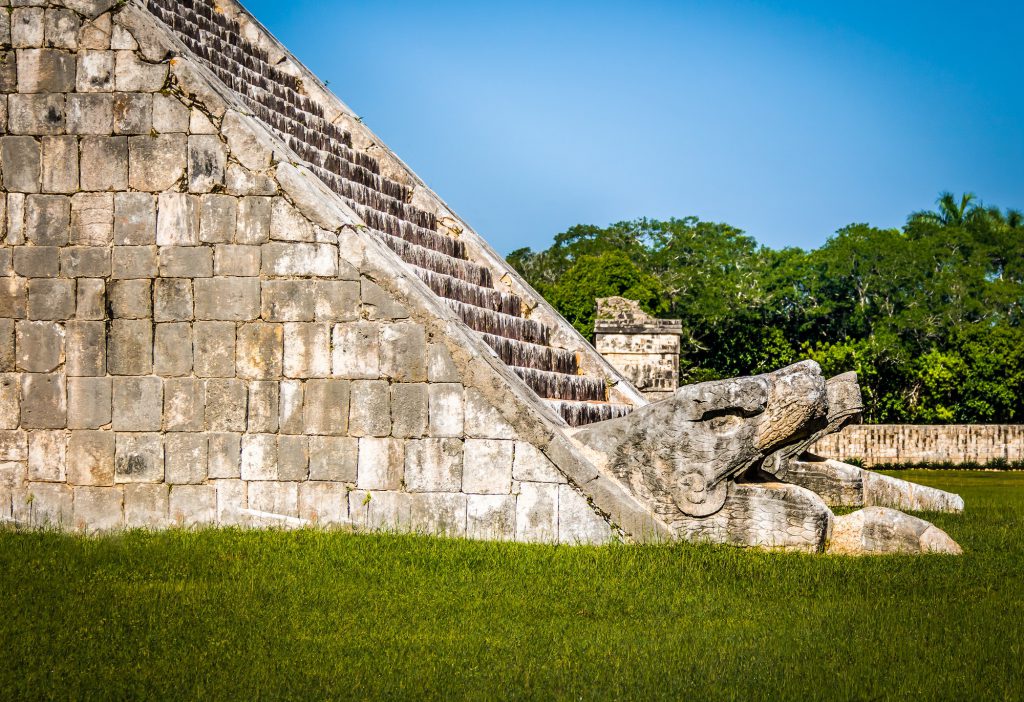
The Mayans annually celebrate Spring Equinox and use it as the day to honor Kukulkan, the Mayan god, who symbolizes rejuvenation which occurs at the same time as traditional planting cycles. The main reason spectators celebrate Spring Equinox today is to celebrate the “Decent of Kukulkan,” which only happens at Chichen Itza.
How the Equinox is Celebrated Today in Mexico
Today tourists, spirituals, and mystic spectators gather at various ancient archeological sites around Mexico to celebrate the special day when the sun is directly over the equator and the balance of light and darkness are completely par.
Many celebrate to see the incredible shadow effects that take place, the absorb energies, and to partake in the mystical festivities and ceremonial wonders alongside locals and foreigners
Celebrating Spring Equinox with The Descent of Kukulkan at Chichen Itza
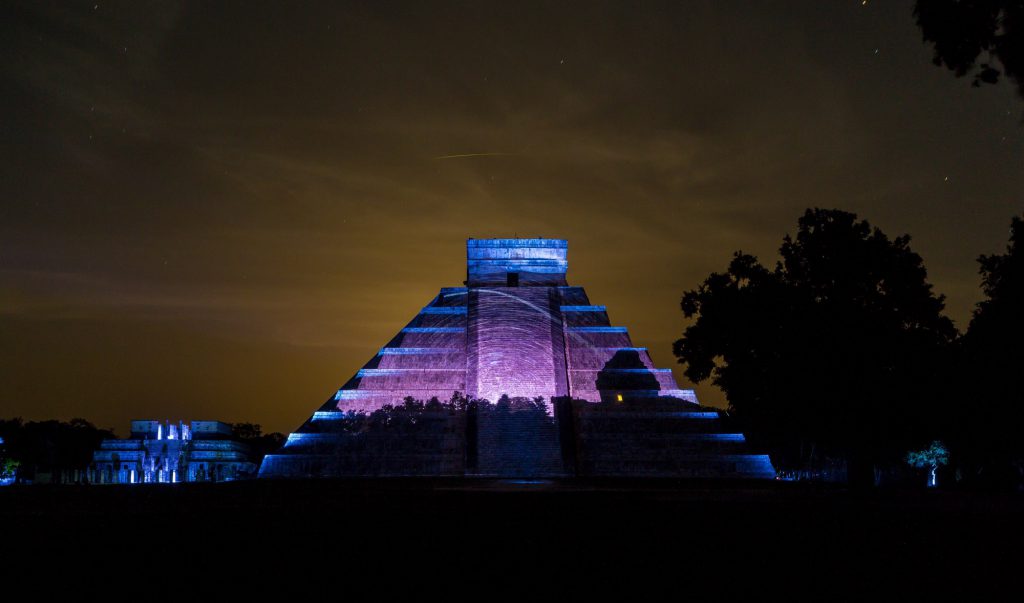
Annually, thousands and thousands of spectators gather at the pyramid of Chichen Itza on this special day to witness the “Decent of Kukulkan,” during which the shadow of a serpent can be seen descending the side of the main staircase for a brief time during the afternoon as everyone is gathered to celebrate the Spring Equinox.
The Mayan God Kukulkan
Kukulkan is the feathered serpent god, known worshipped by nearly all pre-Hispanic Mesoamerican cultures, however, this creator deity who was often called upon to bless the lands with rain and wind was extremely important to the Yucatec Mayans that inhabited the Yucatan Peninsula.
The Delicate Angles of the Great Mayan Pyramid
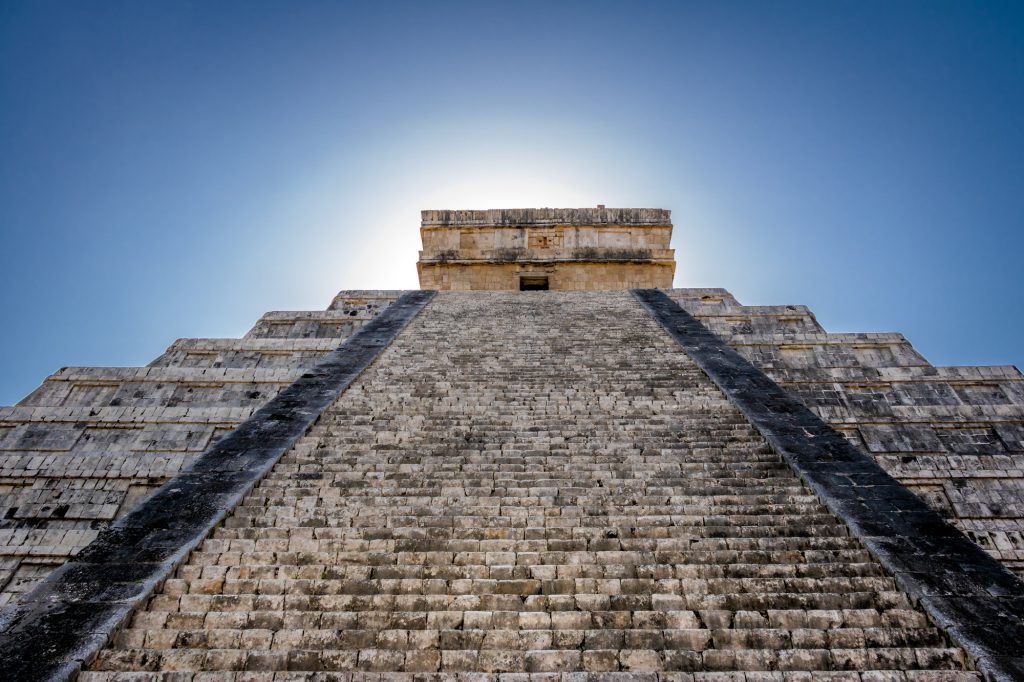
The Mayans are said to have deliberately placed the pyramid at the specific angles in anticipation of their beloved god’s descent on the holy day in which light and darkness share equal power to give hope through rebirth to the people with the increasingly longer days that are to ensue, also rejuvenating the crop cycles, and leaving the worshippers optimistic for the future and an abundant spring season.
How Other Parts of Mexico Celebrate Spring Equinox
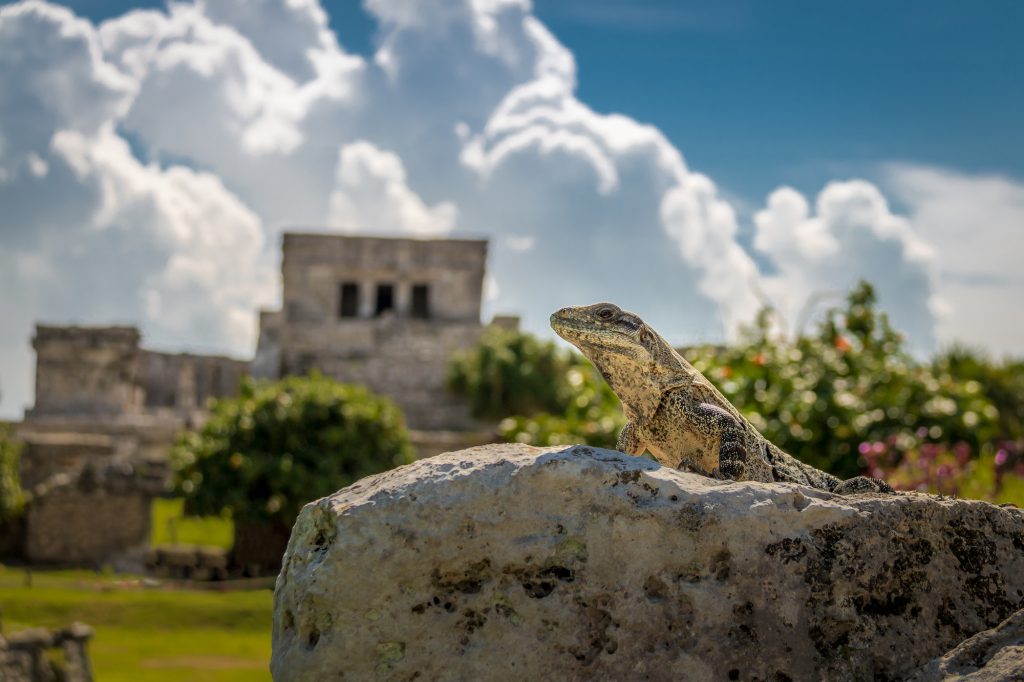
Although the most famous and accessible place to celebrate Spring Equinox is at Chichen Itza, which happens to be about a three-hour drive from Cancun, there are other locations where festivities also occur.
Dzibilchaltun
Dzibilchaltun is an archeological site that is very close to the city of Merida. Here, the “Temple of the Seven Dolls” is the center of attention during the Spring Equinox celebration, whereas the sun rises, it illuminates directly through the small door at the top of the temple, which was deliberately placed to allow for the magical sunlight effect only twice a year.
Tulum
If Chichen Itza seems like too far a destination to venture to celebrate Spring Equinox, Tulum is a much closer option for those visiting Cancun or the Riviera Maya.
Here, the ancient Mayan people also constructed the buildings in a way to purposefully welcome the sunlight in a very special place.
El Castillo
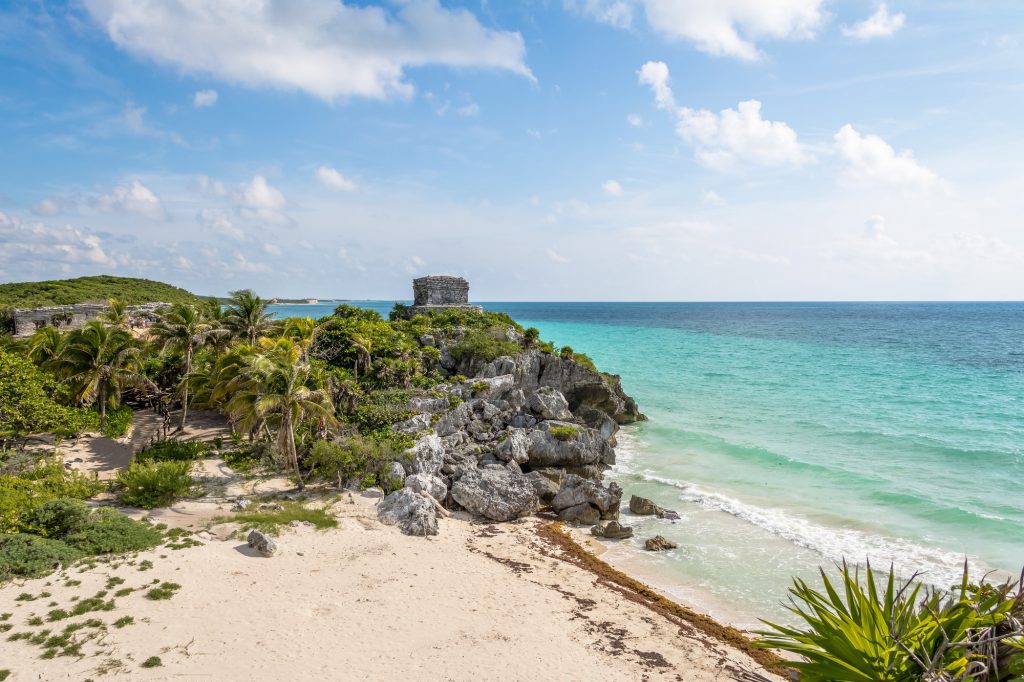
“El Castillo” or, the castle, is the structure that sits upon the high cliff o the coastline and during the Spring Equinox, the sun perfectly aligns with the doorway entrance, creating a spectacle of spiritual light and sunrays that occur only twice a year on the equinox dates.
There are many other places outside of the Yucatan Peninsula where similar festivities take place, including at the Aztec pyramids of Teotihuacan in Mexico City, the state of Durango, and numerous others that are far less known.
Have you ever watched the descent of Kukulkan at Chichen Itza?
-and-
Based on the happenings at the archeological sites listed above, are you ready to celebrate Spring Equinox in Mexico?

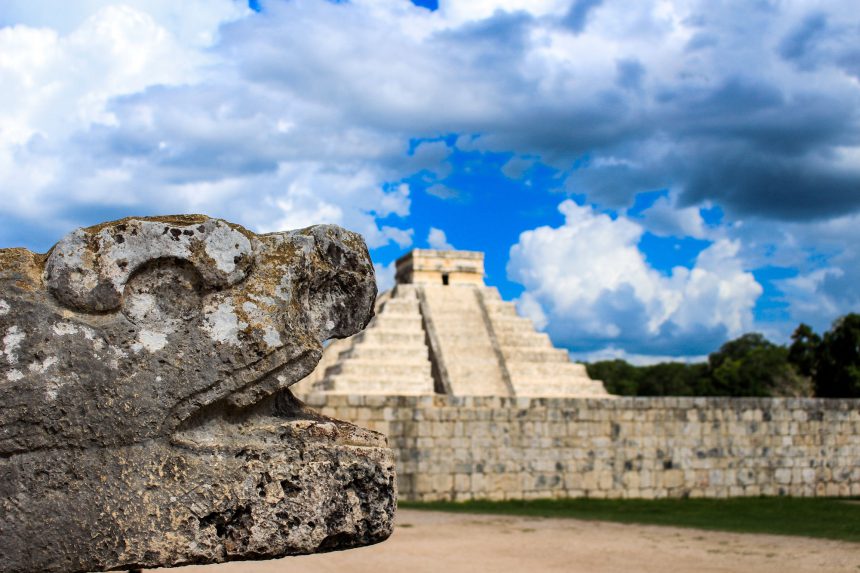
Leave a Reply